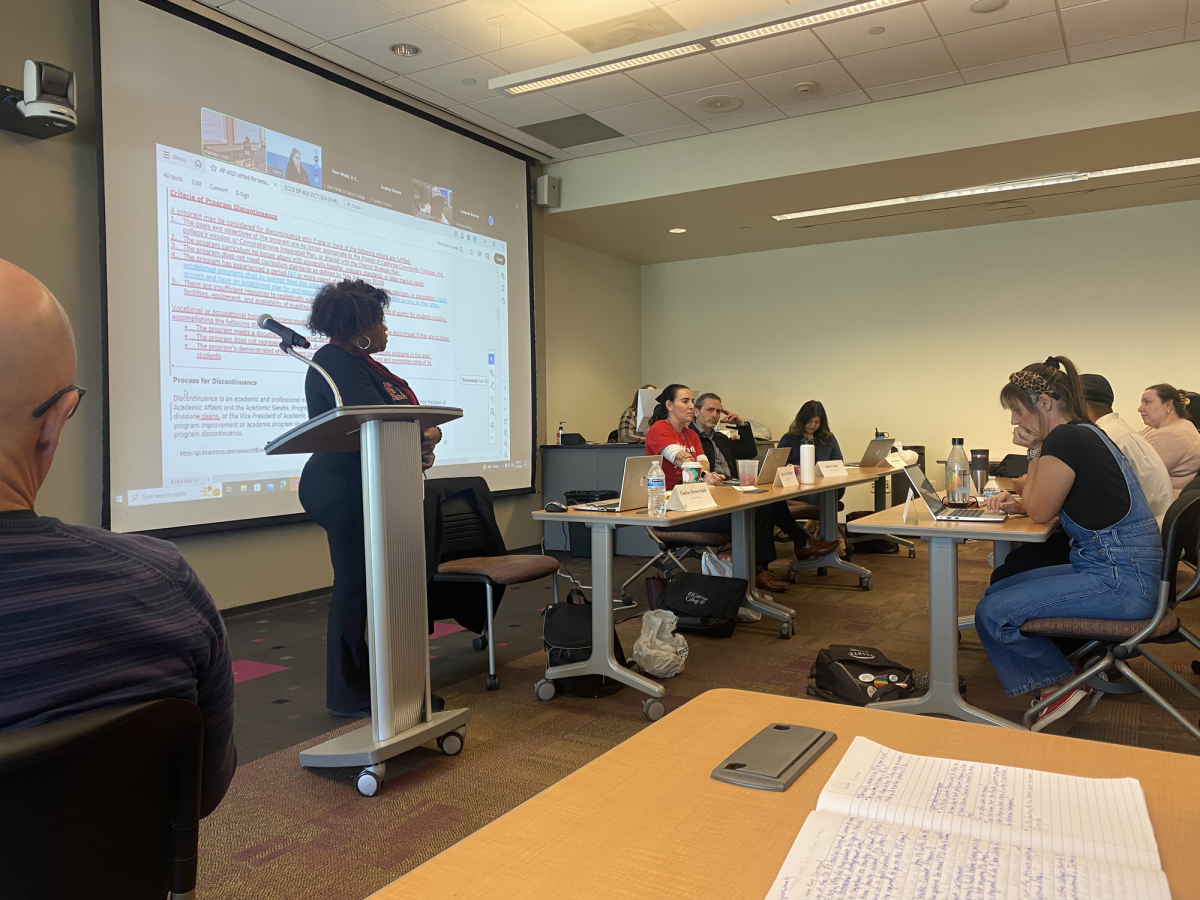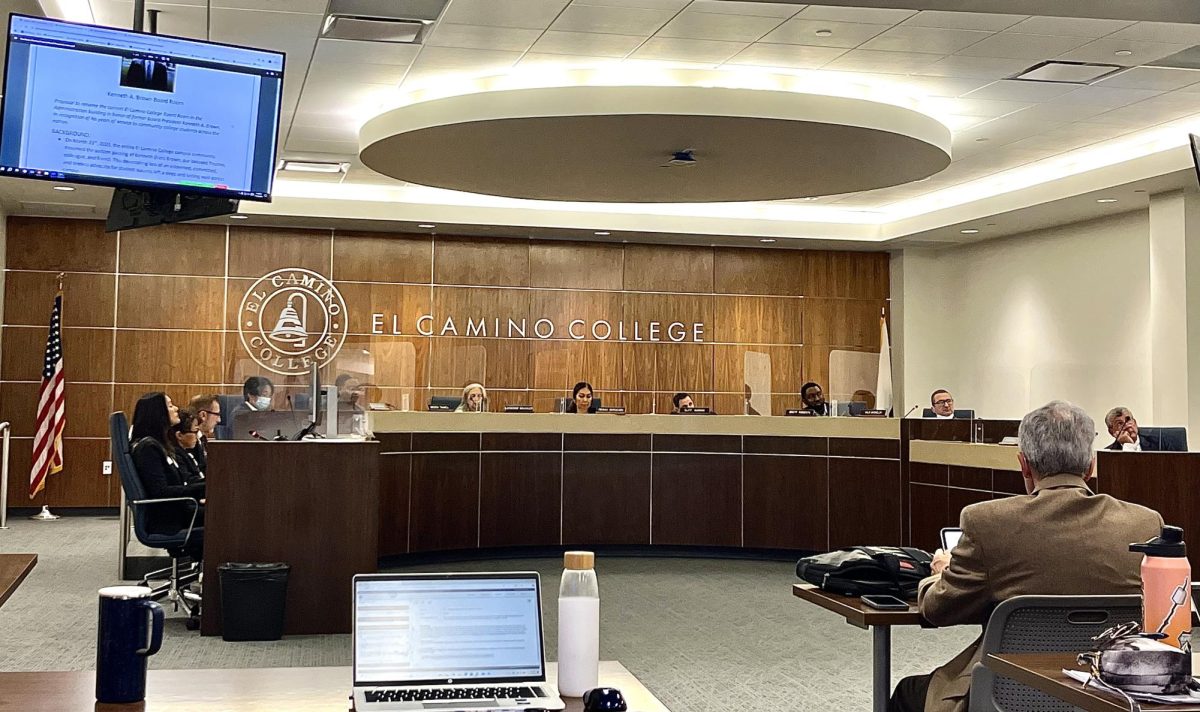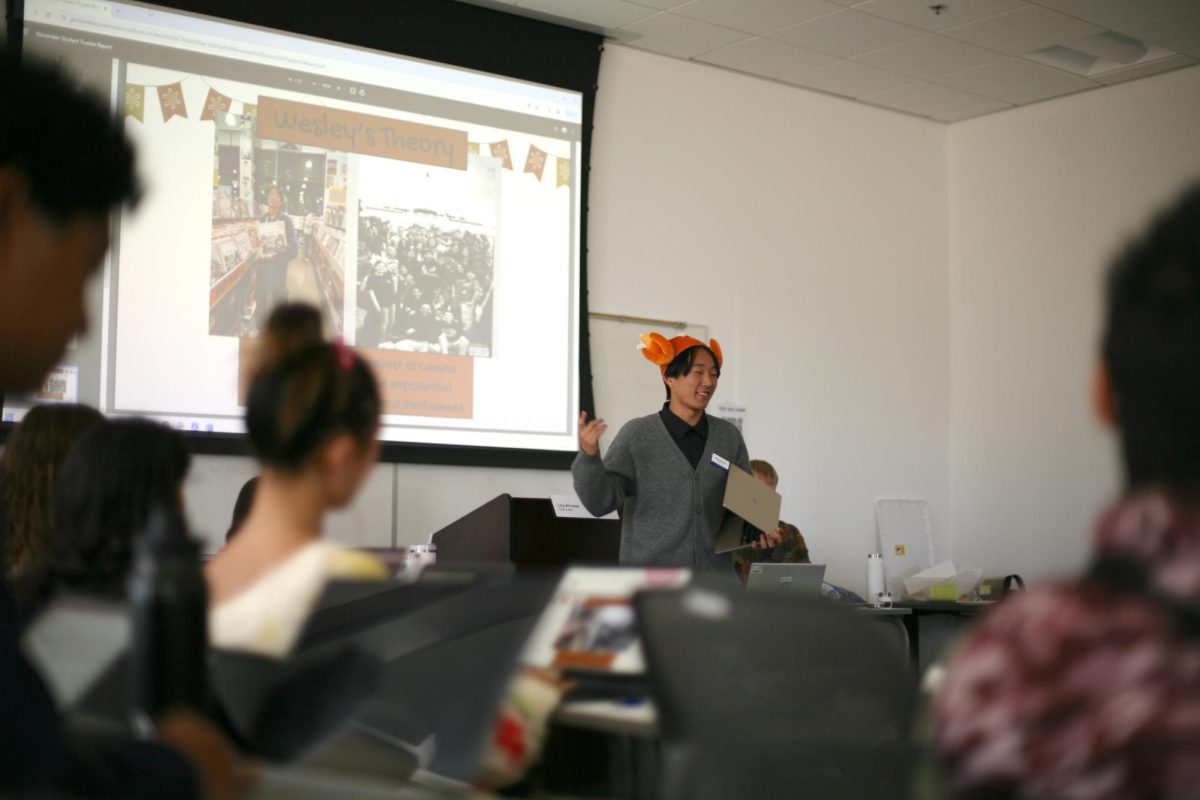As a result of California’s shrinking budget for education, students will now need to meet higher admission requirements in order to transfer to universities.
In an effort to keep up with the economy, several universities have cut down on the number of students they enroll, but as the number of applicants continue to increase, competition as well as higher grade point average requirements begin to appear.
In the past four years transfer rates from EC to universities have decreased significantly due to the development of local admission areas by impacted CSU campuses such as CSU Long Beach, Sue Oda-Omori, Transfer center coordinator said.
Therefore, students attending a community college within the local area of a particular CSU campus are held to a lower GPA requirement while students who are not in the local area are required to have a higher GPA.
This development has led the number of students who have transferred to CSULB to shrivel from 449 students in 2006 to a mere 180 students in 2010.
“I don’t think local admissions area is a good policy,” Erika Ramirez, 22, art history major, said, “It’s unreasonable for students to be required to have higher GPA’s just because they aren’t as close by to the schools they want to go to.”
Aside from the GPA requirements, a number of students like Ashley Anderson, 21, accounting major, are choosing not to transfer at all because of the high tuition costs.
Despite California’s economic woes, EC still can provide students with an alternative to going directly to universities.
“Even though our numbers have gone down”, Omori said, “ we were No.1 in transferring students to the Cal State system for 2009-2010 out of 112 community colleges.”
Transfer rates to CSU Dominguez Hills and CSU Northridge, two of a hand full of CSU campuses that have not declared local admission areas, have seen a significant increase.
Even though several universities have lost a lot of their outreach budget, making it harder for them to visit EC for student conferences, Omori said, schools are still making an effort to come to EC.
“We have a really good reputation with universities and so we’re still lucky were getting quite a few visits,” Omori said.
And according to Joseph Holliday, co-director of the honors program, transfers to the more prestigious universities have not been affected as significantly for students enrolled in the honors program.
“We have a tie for the best transfer rate of any other transfers program in the state” said Holliday.
“The last three years we’ve had that high rate, despite the economy,” Holliday said, adding that out of the 120 honor students that apply to transfer every year, 80-90 percent are successful.
However, with the exception of UCLA and UC Berkeley, most UC’s are having similar problems to CSU’s; tuition costs are rising and they are enrolling fewer students.
Holliday said that UCLA has a closer tie to the honors program and every year has a budget for 1100 transfers to their system, unlike other UC’s.
Although there is no clear distinction yet in regards to which university has had the lowest honors transfer rate, Holliday said, he has began to see a steady upward rise in the GPA requirements.
It use to be somewhere at a 3.1 but now it’s at a 3.2 he said, suggesting that the economic effects that the honors program has thus far evaded may finally be heading their way.
“It’s even more critical if you want to go to UCLA or UC Berkley … to be in a program like the honors program because it’s getting harder and harder to get in,” Holliday said. “It almost triples your chance of getting in.”








